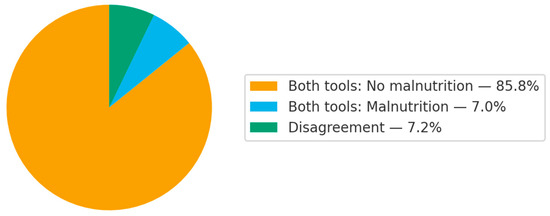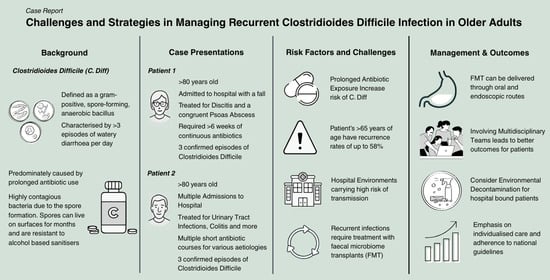-
 A Systematic Review of the Association Between Pain and Instrumental Activities of Daily Living Disability in Community-Dwelling Older Adults
A Systematic Review of the Association Between Pain and Instrumental Activities of Daily Living Disability in Community-Dwelling Older Adults -
 Fall-Related Adverse Events of Anti-Epileptic Drugs Used for Neuropathic Pain in Older Adults: A Systematic Review and Meta-Analysis
Fall-Related Adverse Events of Anti-Epileptic Drugs Used for Neuropathic Pain in Older Adults: A Systematic Review and Meta-Analysis -
 The Consequences of Habitual Rumination, Expressive Suppression, and Perceived Stress on Mental and Physical Health Among Older Adults
The Consequences of Habitual Rumination, Expressive Suppression, and Perceived Stress on Mental and Physical Health Among Older Adults
Journal Description
Geriatrics
- Open Access— free for readers, with article processing charges (APC) paid by authors or their institutions.
- High Visibility: indexed within Scopus, ESCI (Web of Science), PubMed, PMC, and other databases.
- Journal Rank: CiteScore - Q2 (Health (Social Science))
- Rapid Publication: manuscripts are peer-reviewed and a first decision is provided to authors approximately 19.5 days after submission; acceptance to publication is undertaken in 3.6 days (median values for papers published in this journal in the first half of 2025).
- Recognition of Reviewers: reviewers who provide timely, thorough peer-review reports receive vouchers entitling them to a discount on the APC of their next publication in any MDPI journal, in appreciation of the work done.
- Testimonials: See what our editors and authors say about Geriatrics.
- Journal Cluster of Healthcare Sciences and Services: Geriatrics, Journal of Ageing and Longevity, Healthcare, Hospitals, Hygiene, International Journal of Environmental Research and Public Health and Nursing Reports.
Latest Articles
E-Mail Alert
News
Topics
Deadline: 25 December 2025
Deadline: 31 March 2026
Deadline: 20 September 2026
Deadline: 31 March 2027
Conferences
Special Issues
Deadline: 15 December 2025
Deadline: 31 January 2026
Deadline: 20 April 2026
Deadline: 30 April 2026


























